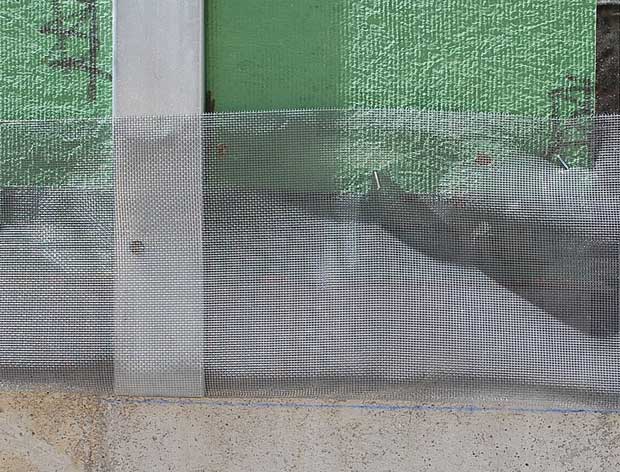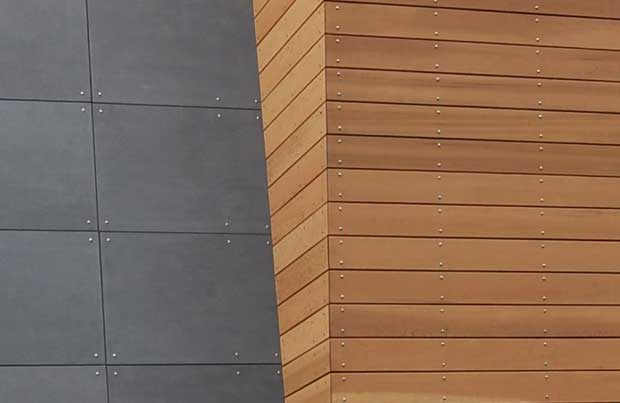

Water. The architect’s nemesis.
Water will dependably and consistently penetrate every exterior finish. What to do?
Rain screens:
- allow the water that does make it behind the siding to escape,
- give the wall assembly an opportunity to dry out,
- allow traditional walls to maintain traditional appearance where required, and
- open a door to expressive non-traditional detailing where that is warranted.
The 100K House Blog has a great post on this technique, with links to other sources of information.
BuildLLC offers a particularly nice resource from their blog. Cement Board Fabricators is the go-to site for information on panel-based rain screen exteriors. Attachment details for panel-based exteriors are summarized in a downloadable pdf. CBF is marketing a new fiber-cement sheet from Italy since Cembonit and Minerit are NLA in North America.
A few panel sources:
Eastern Architectural Products
Trespa – with some nice “no fastener” options
Nichipanel
Swisspearl Eternit – integral color like cembonit
Cladding Corp
Ha. Maybe I should just let 4specs do its job: 4specs panel page
A rain screen approach to detailing accepts the fact that water will penetrate the first exterior skin – and works to gently escort the water that does get in back outside. Roofs and walls have something in common with the hulls of ships. Sailors use the bilge, architects use gutters, drips, slopes, flashing, and pipes to finesse water away from the building. Water management will always be a multi-valent strategy. Rain screen detailing is one option.